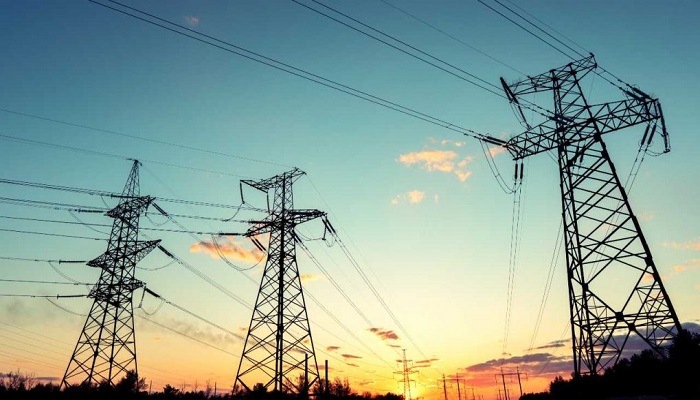On October 18, the administration of President Joe Biden announced an impressive $3.5 billion in grants, which were intended to fund projects aimed at protecting the ageing power grid across the US from the damaging effects of extreme weather as well as fires. In addition, the grants will be used to improve the connectivity of the transmission systems, enabling them to handle a greater amount of electricity generated by way of renewable energy sources.
According to Energy Secretary Jennifer Granholm, the funding for 58 projects that extend across 44 states stems from the bipartisan infrastructure law executed by President Biden in 2021. It is well to be noted that this investment in the grid is the largest-ever direct investment of its kind.
Granholm informed reporters that the U.S. power grid, which was built mainly almost a century ago, is facing difficulties due to climate change-induced storms, floods, as well as heat waves. Additionally, the increasing demand for power driven by EVs and, of course, artificial intelligence is further straining the grid.
During a cold spell in 2021, the Texas grid experienced a collapse, resulting in the unfortunate loss of over 200 lives and leaving millions of households without power. Wildfires have caused damage to the power grid in various states. Granholm expressed that the current grid is not enough to meet the increasing demand and emphasised the need for the grid to be expanded, reinforced, and enhanced with more intelligent technology so as to accommodate the integration of numerous new projects.
According to the Department of Energy (DOE), the projects aim to generate over 35 gigawatts of extra electricity from renewable sources such as solar and wind power. Additionally, the initiative will involve the development of 400 microgrids, which happen to be self-sustaining energy systems. According to the statement, more than 75% of the projects have formed collaborations with the International Brotherhood of Electrical Workers union. The main goal of these partnerships is to either sustain or produce union jobs.
This marked the initial round of selections within the larger $10.5 billion grid resilience along with innovation partnerships programme, which is overseen by the Department of Energy.
It is well to be noted that a total of over $507 million will be allocated to the Georgia Environmental Finance Authority as well as various other organisations. This funding will be used for a project aimed at assisting remote and under-invested communities and will involve the enhancement of a smart grid through the setup of battery storage, local microgrids, and the installation of new transmission lines.
PECO Energy is taking significant measures in southeastern Pennsylvania to enhance the dependability and endurance of the power grid. These measures involve carrying out substation flood mitigation measures, replacing outdated infrastructure, as well as installing battery systems for backup power.
There are certain projects that have the objective of expanding transmission networks throughout multiple states. The Department of Energy has announced that Holy Cross Energy will be initiating a wildfire mitigation project in Western states like California, Arizona, along with Washington. This project will involve a group of 39 rural electric co-ops situated in high-threat areas. This will allow for the strengthening of networks by investing in fire-resistant facilities, burying lines beneath the ground, and enhancing overhead lines.





































